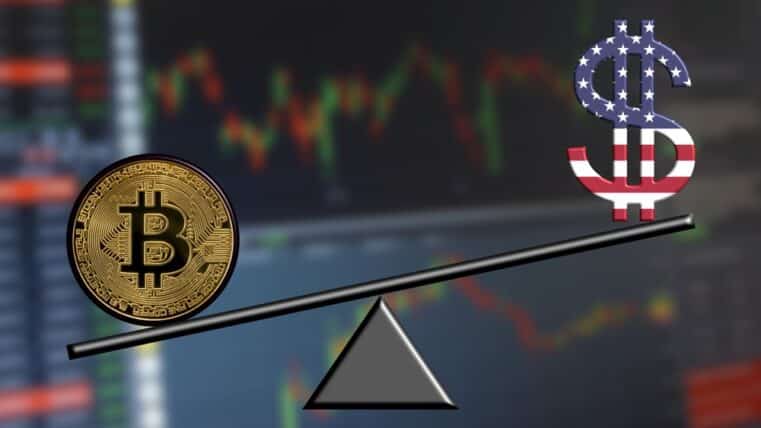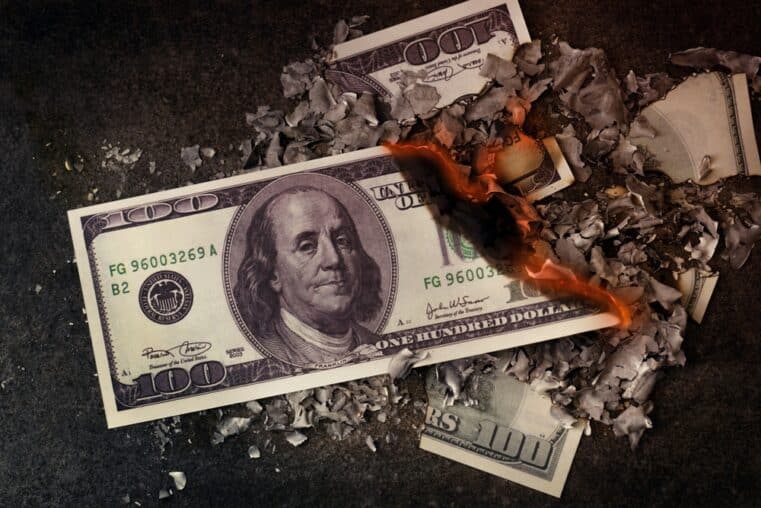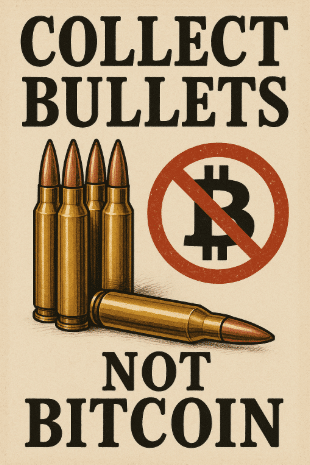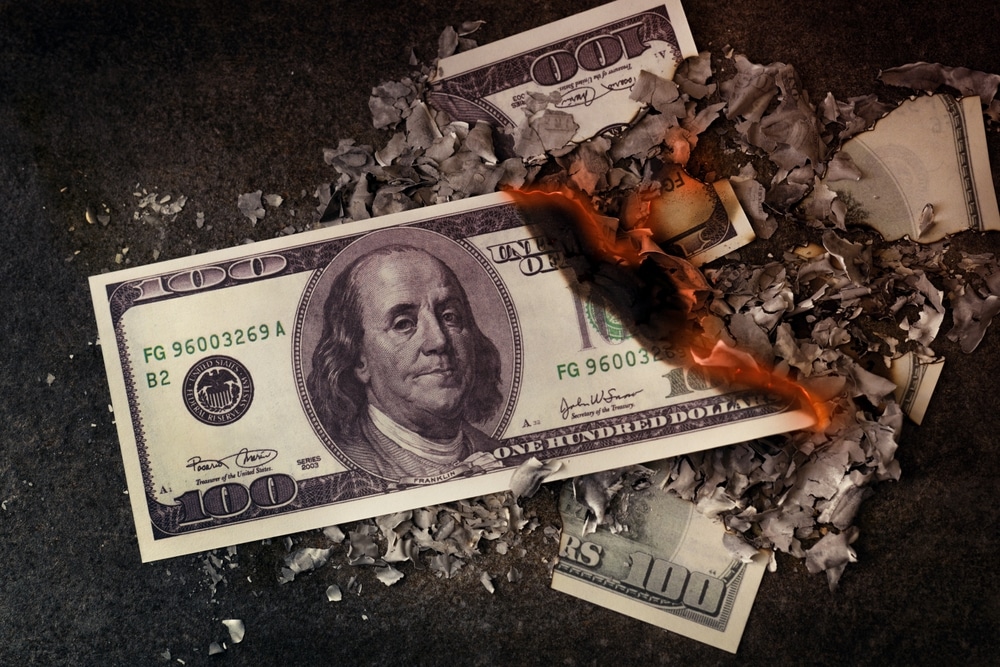
Money Supply Flashes Red, Signals Powerful Warning
Before we begin, we want to say that the following is not a prediction but a warning; albeit one that has enough substance to prove worthy of sharing.
If anything, the economic information we can across gives you something to watch out for, and perhaps a reason to prepare yourself, should the forecast materialize.
Money Supply
If you’re not already familiar with reports concerning the national Money Supply, here’s a brief explanation: money supply is “the entire stock of currency and other liquid instruments circulating in a country's economy as of a particular time” (as defined by Investopedia).
This includes cash, coins, savings and checking accounts, etc. Basically, it’s a nation’s entire stock of money.
Why the Money Supply is a Key Indicator
More money in the economy typically means lower interest rates.
This translates to more investment, an increase in business activity, and more jobs.
When the money supply dries up, the opposite effect takes place.
That’s the simple explanation. For a more detailed overview, click here.
Money Supply is Flashing Red
Jeffrey Peshut at Realforecasts provides a series of charts based on an indicator called the Rothbard-Salerno True Money Supply (TMS).
As you can see below, the TMS shows that in 2016, the money supply begun drying up as the Fed initiated its first of many subsequent rate hikes.
Source: Realforecasts.com
But here’s something that makes for an interesting comparison: the current monetary deceleration is comparable to the conditions preceding the 2008 financial crisis.
Source: Realforecasts.com
We’re expecting three, possibly four, more rate hikes in 2018.
The Fed has approximately $450 Billion to unwind from its balance sheet by the end of the year.
Stocks are once again climbing toward its record-highs. Housing prices are soaring as well.
Yet the True Money Supply growth rate trend points lower.
What might happen if the money supply slows to a crawl or grinds to a halt?
Might there be another credit crisis? Another housing bust? A recession?
Perhaps this data shouldn’t be all that alarming; after all, isn’t this a natural expression of the business cycle?
From where we stand, the most we can do is get a glimpse of the past, a look at how history has played out with regard to this measure...and this is what it shows:
Source: Realforecasts.com
The chart tells us that since 1978, a recession had followed four out of five times that the TMS had reached levels near 0.00%.
The data is there for you to interpret.
It may not predict an exact date for when a recession might occur, but it does show you that recessions take place in the “natural” course of a cycle, and that perhaps one is due...soon.
Again, the question is not how or when to react, but rather, how and when to prepare.
And prudence might be telling us that the time to prepare is now.












